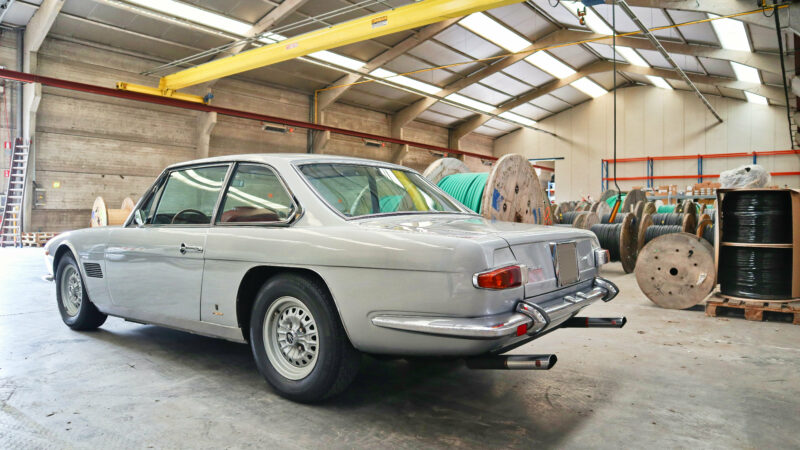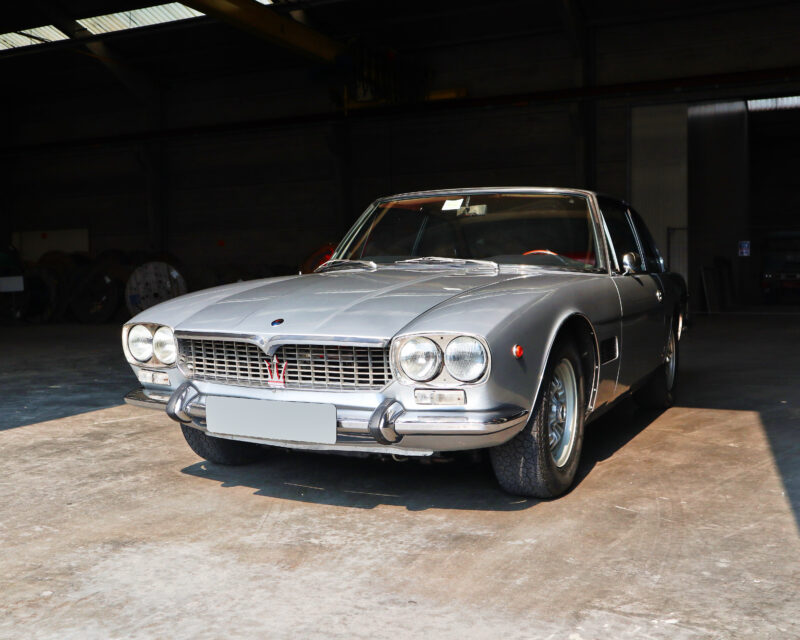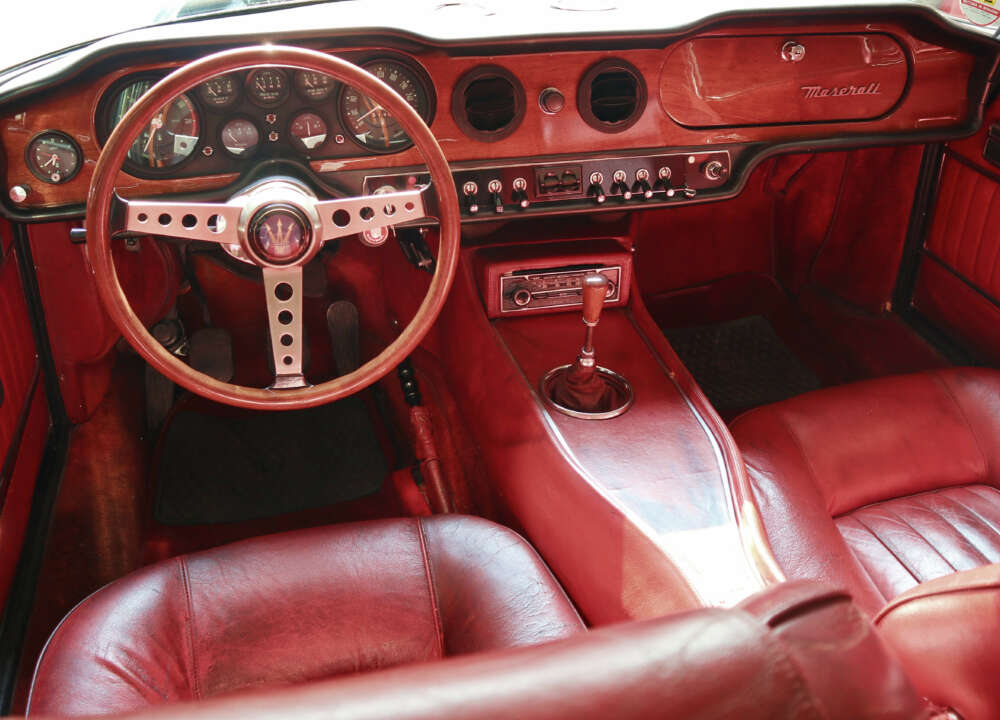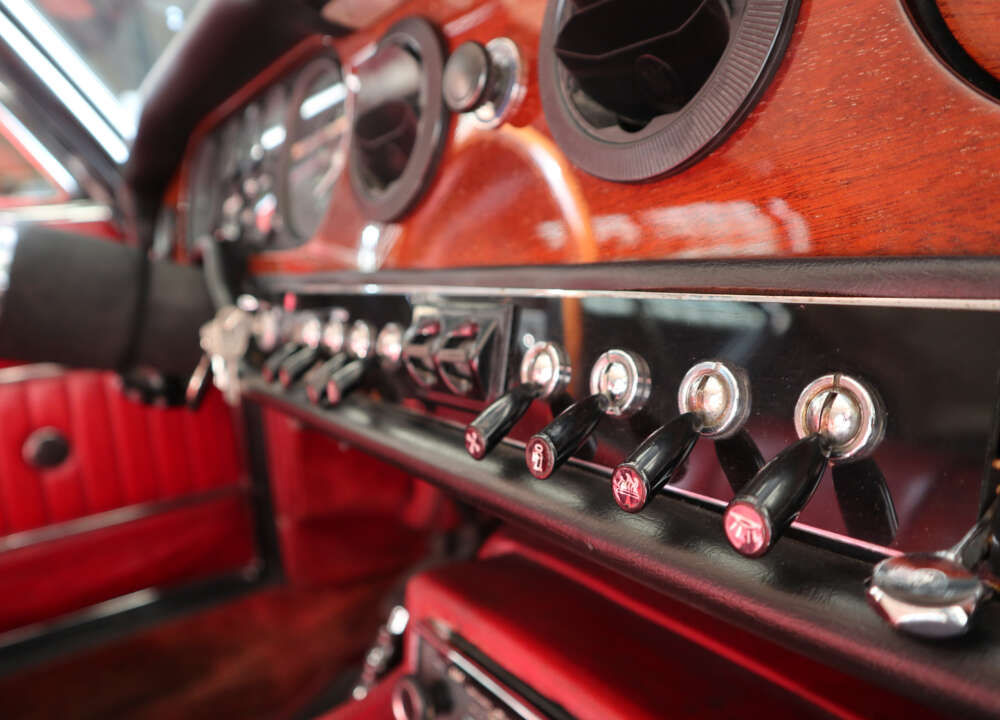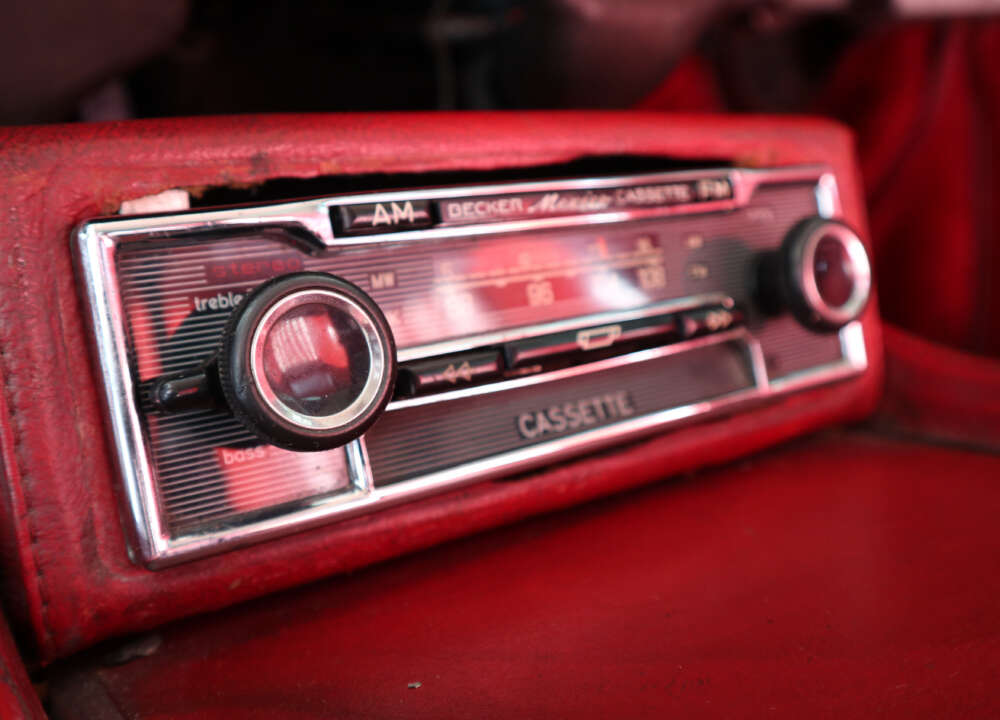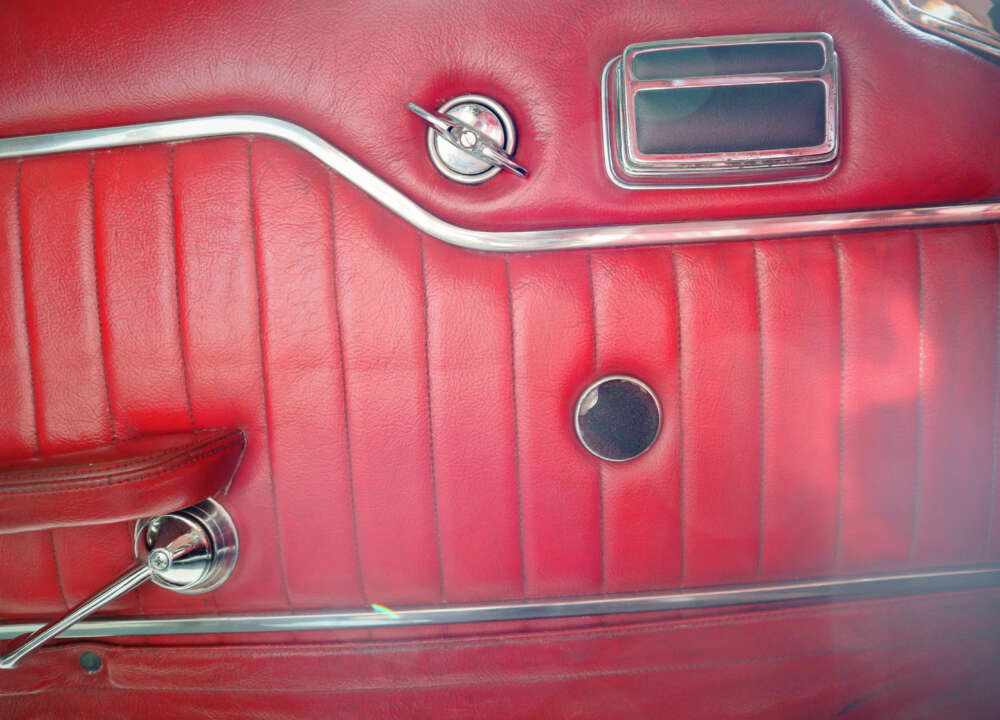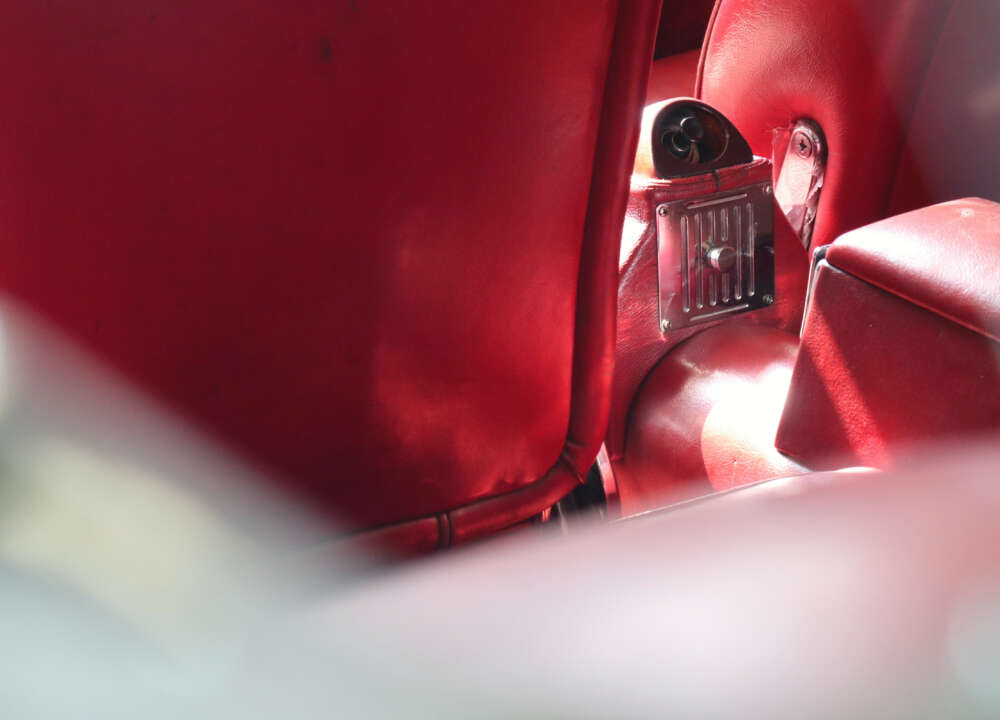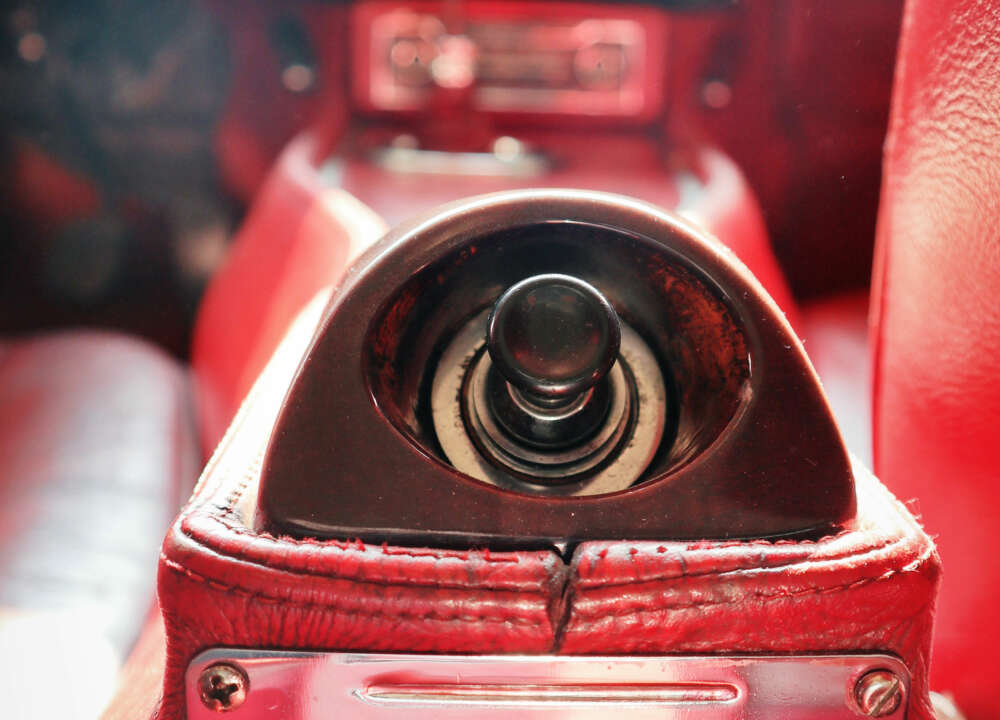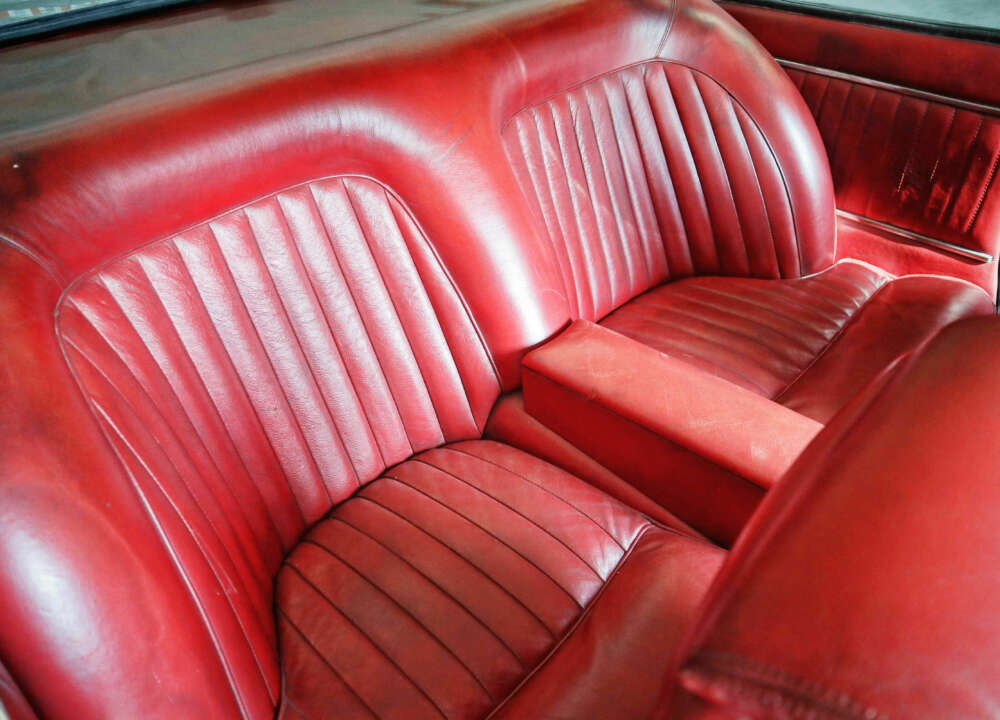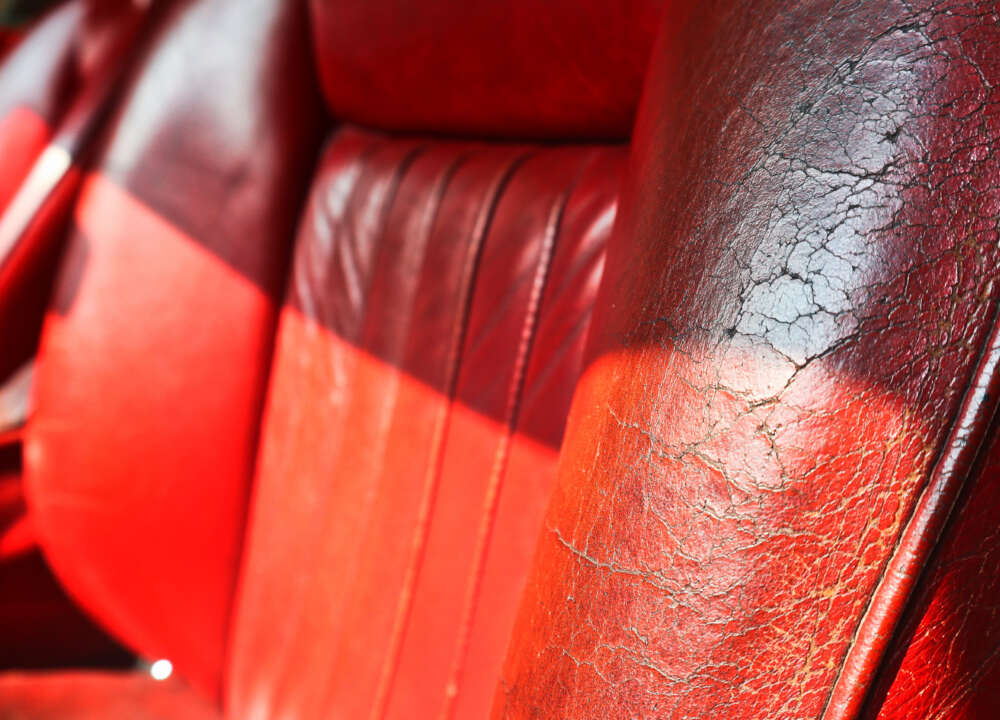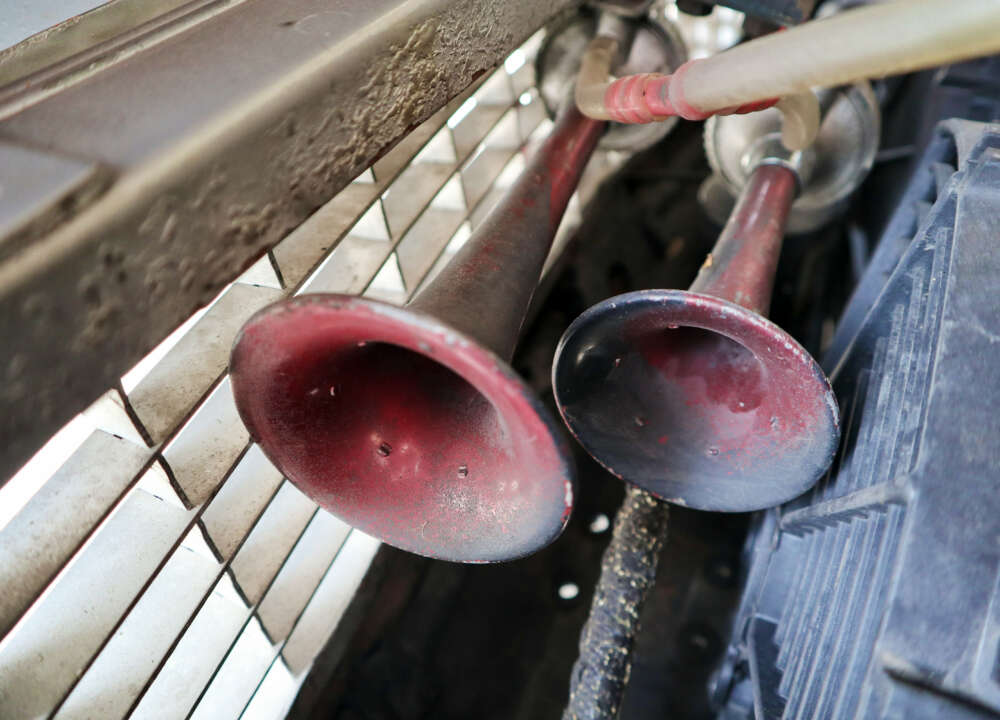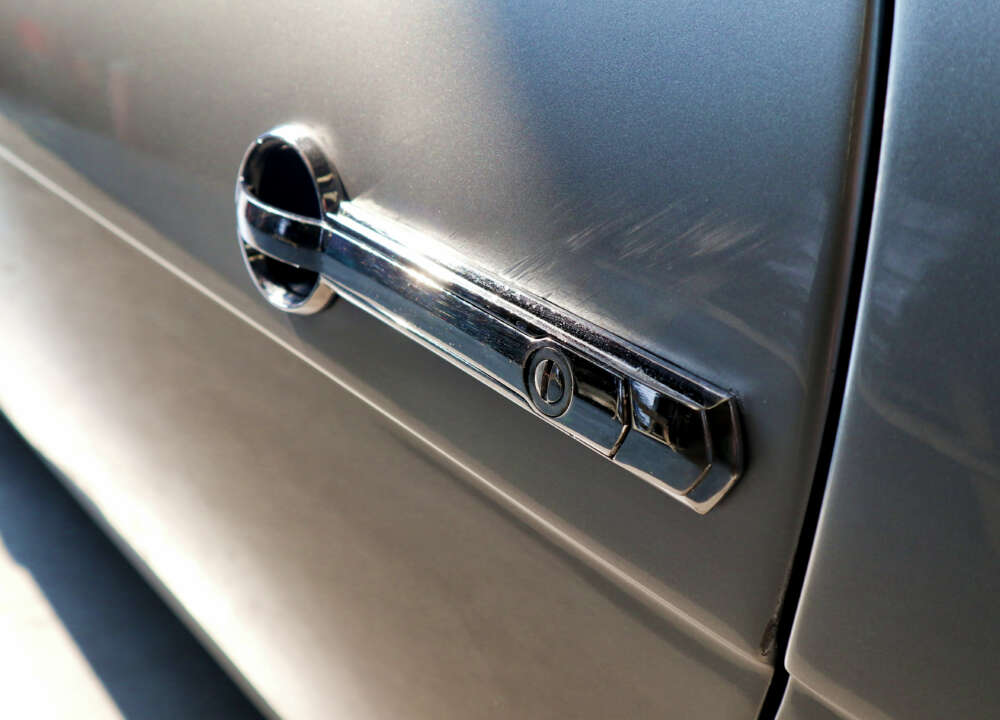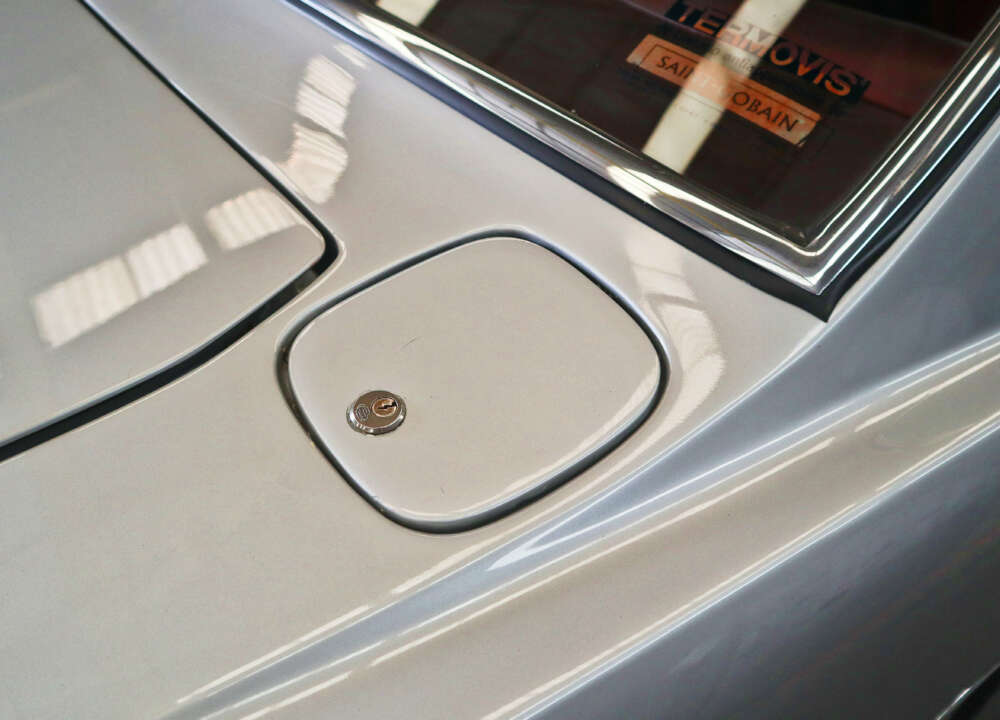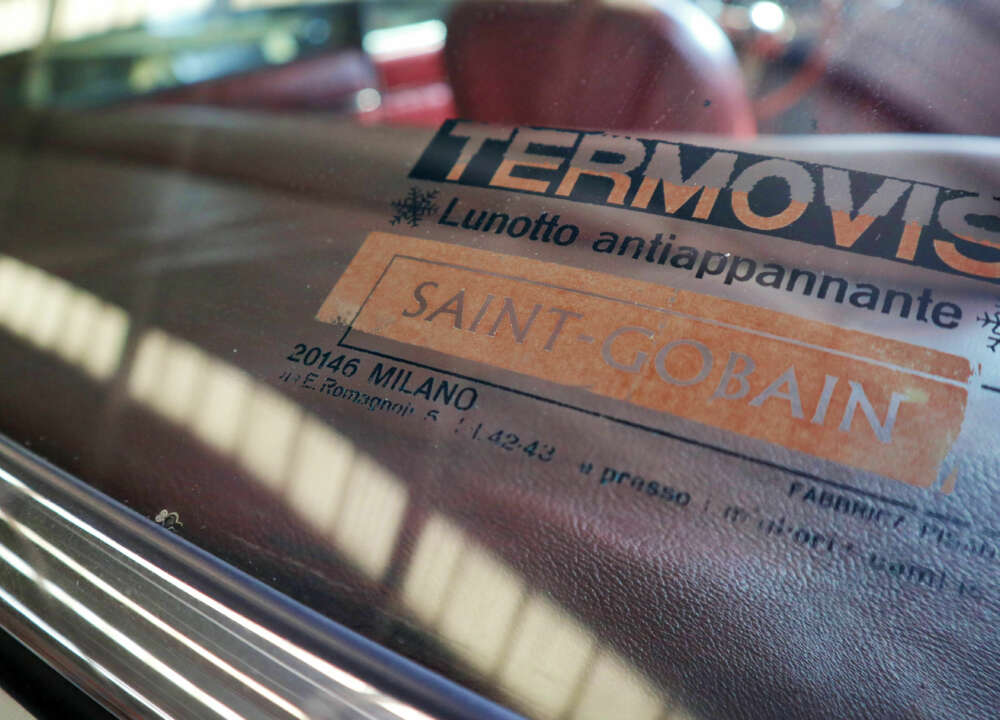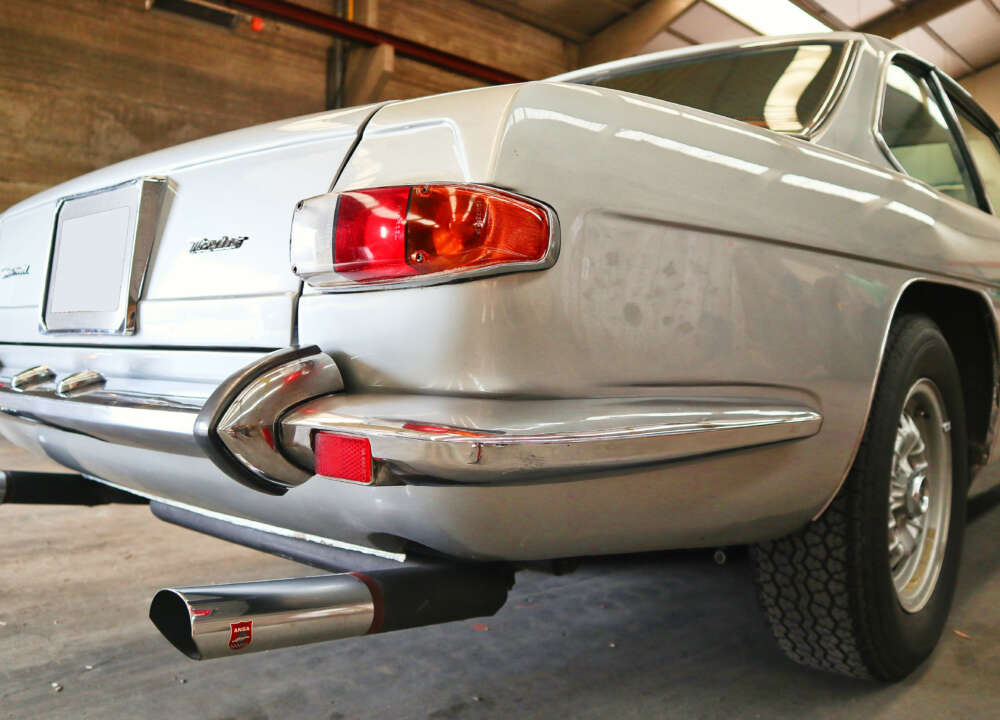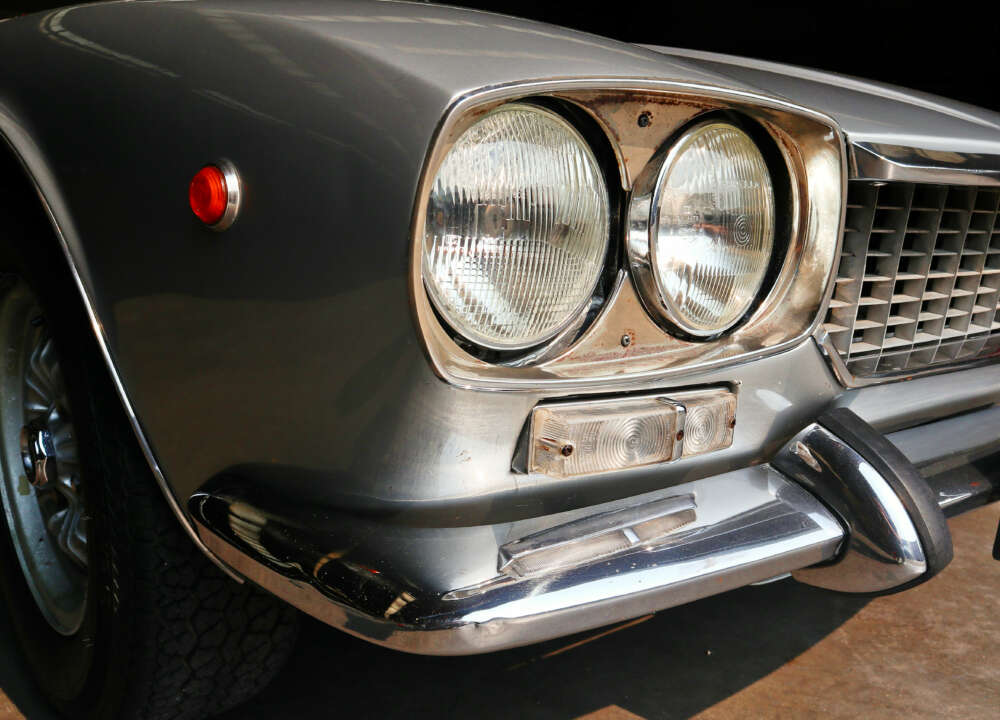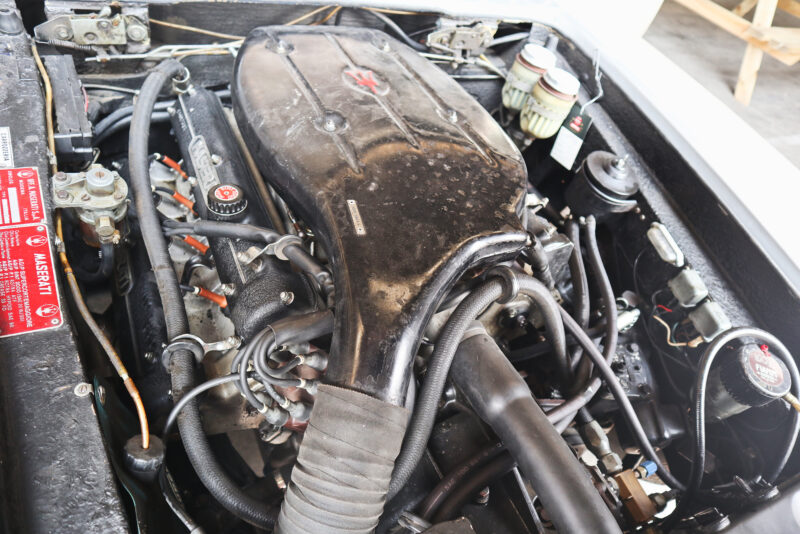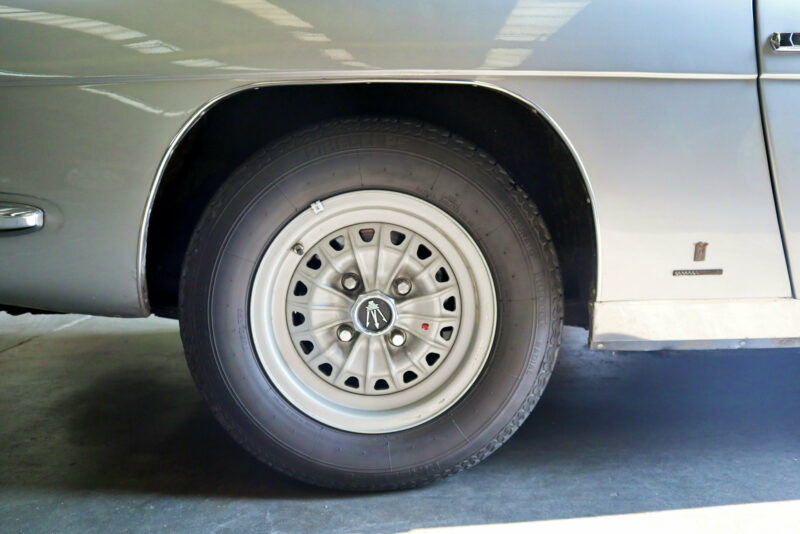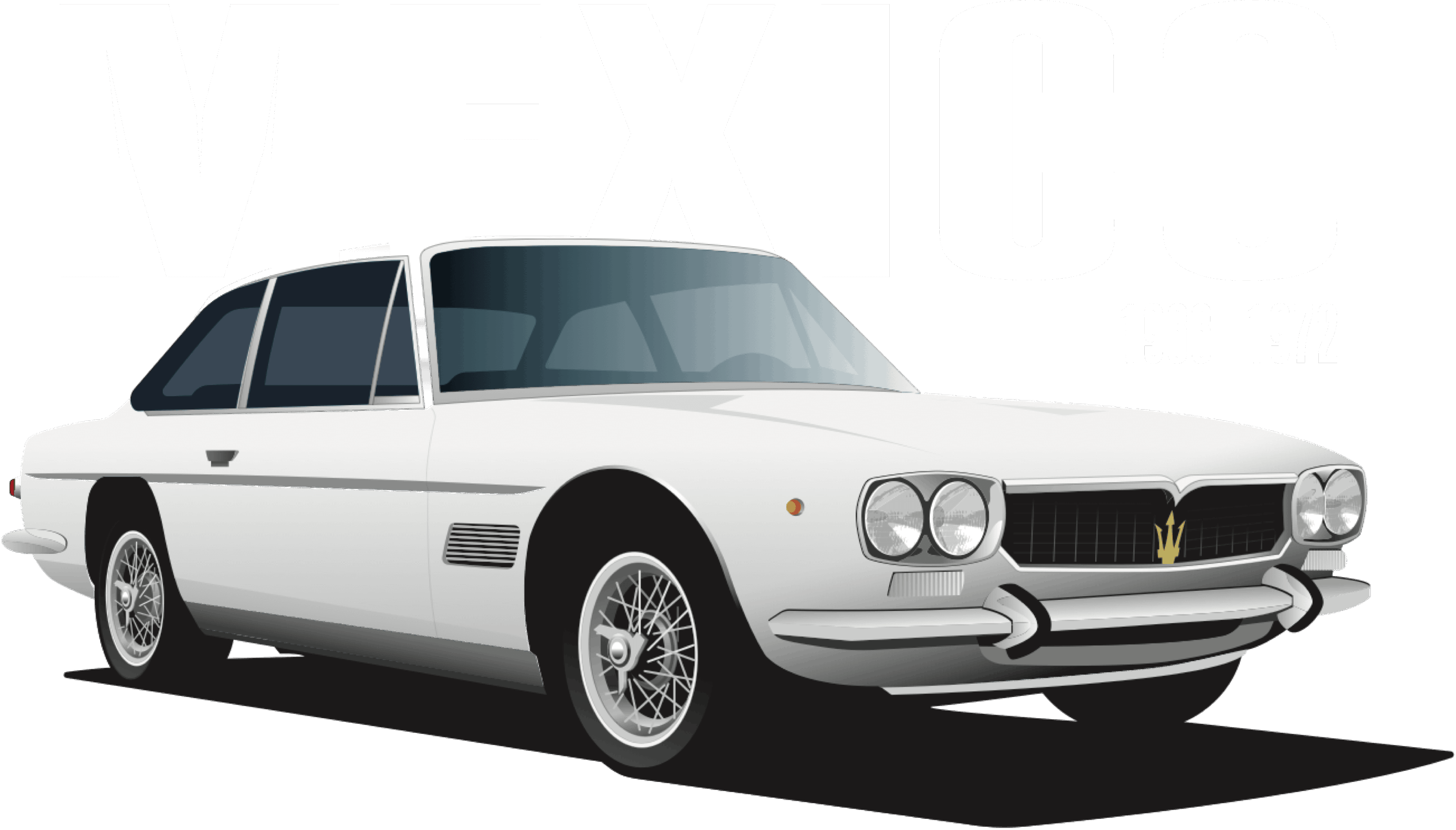
Maserati’s first V8 coupé
Maserati’s first V8 coupé is akin to a shortened Quattroporte or more affordable 5000GT.
The Maserati Mexico might be little known, but it was at the heart of an important crossroad for Maserati.
It marked the transition from inline-six to V8 two-door models three years after the Quattroporte introduction and stands out as the Trident’s only old school two-door V8. This gives it a unique position in the family tree.
It was a logical development after the elitist 5000GT, based upon a one-off design shown on the Vignale stand at the 1965 Turin show. After Maserati approved the design, it was slightly altered, and the final version had its world premiere at the 1966 Paris show. But why that name?
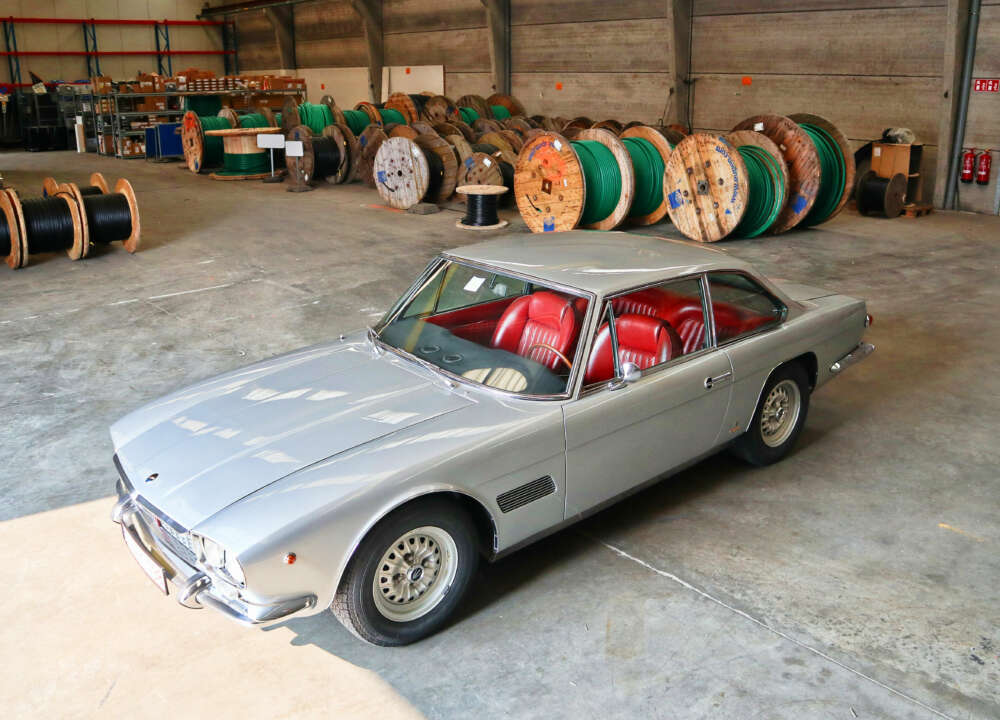
There would be several interactions between the factory and Mexico. The most prestigious is John Surtees’ 1966 Mexican Grand Prix win in Mexico City in a Cooper Maserati T81 ahead of the Brabham Repcos of Jack Brabham and Denny Hulme. But remarkable as that victory was, it took place on October 23, 1966. The actual production Mexico with that name was formally introduced at the Paris car show from October 7 to 17, 1966. So several days before the Mexican GP victory which was certainly serendipitous but not the source of the name.
The actual origin of the name is found in the one-off prototype built before those dates, in an unusual set of coincidences.
The one-off Vignale prototype was sold to prominent Mexican client Diaz Barroso. He bought this when he discovered it during a factory visit having bought a 5000GT AM 103-022 previously owned by the then President of Mexico Adolfo Lopez Mateos. Barroso then crashed the 5000GT and had sent it back to the factory for repairs. But, as confirmed by factory archivist Ermanno Cozza, upon seeing the Vignale prototype he bought it on condition that he could use its chassis number to avoid importation taxes for a second car. This fiddle was common practice with South American countries. That car is thus known as AM103-022, a 5000GT number. The design for Vignale was by Virginio Vairo.
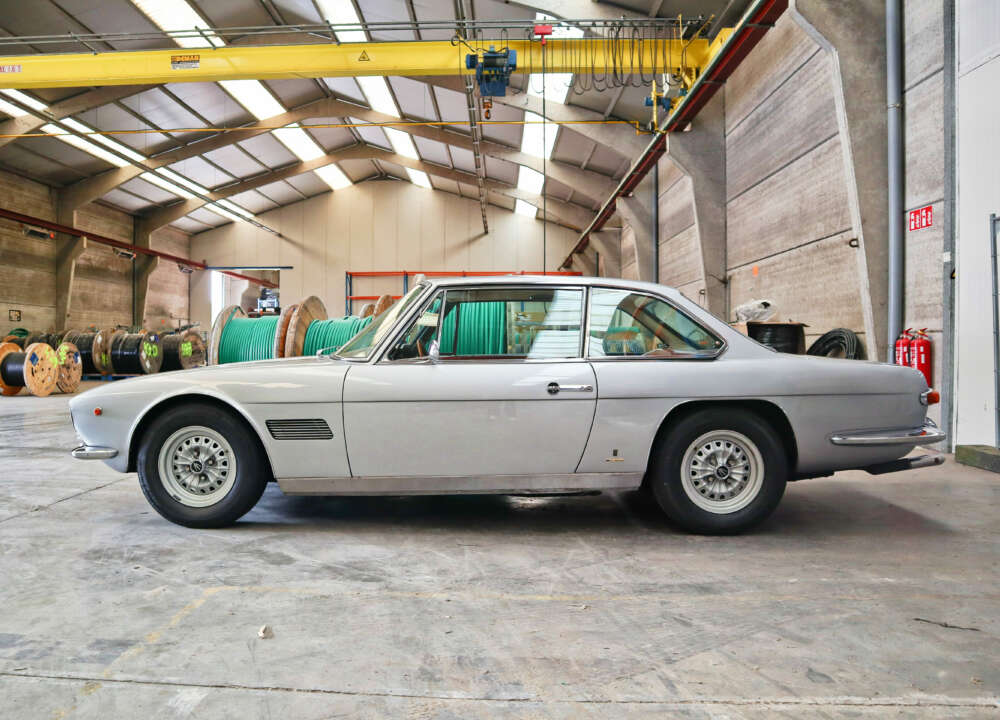
You do not buy the Mexico for its handling but its Grand Touring experience, elegant, subdued lines. Road test articles at the time likening it to a Modenese Aston Martin, a discreet tasteful Coupé. Its architecture was very traditional. The chassis is an oval tube chassis, very similar to 5000 GT and Ghibli, onto which the body is welded. Power came from a 4,7-litre version of the Quattroporte V8. It was soon followed by a 4,2-litre variant, with either five-speed ZF or three-speed Borg-Warner automatic. It was fitted with leaf springs. All were equipped with air conditioning while power steering was an option. An elegant Mahogany dashboard faced four plush seats.
Introduced the same year as the dramatic Ghibli it constituted a backup in case the latter’s design was considered too bold by conservative clients.
Specifications
In the end, 485 Mexicos were built between 1966 - 1972, and proof that they were chosen as a comfortable GT more than for performance is that most were given the 4,2 block with 300 units while only 182 were built with the 4,7 engine. There were only minor detail variations from the start of the production from 1966 to 1972. Citroën took charge of the company two years after its introduction in 1968. *
Famous owners included future President of the United States and actor Ronald Reagan, glamorous blonde actress Virna Lisi -whom none other than Brigitte Bardot considered the most beautiful woman in the world: a most fitting driver for a Maserati!
Three one-offs were made by Frua, not as an attempt to get the production contract but after production started. AM112-001, the first production chassis number, was given recessed single headlights and a front bumper bizarrely halfway up across the radiator grille and a smoother more modern looking rear. It was sold new in Modena then went to the USA via Tom Meade and was restored twice. It sold through RM Sotheby’s in their Scottsdale, Arizona, USA 2017 auction.
The second one, AM112-1003 (yes with added 1) was made two years later with a much more beautiful nose with four headlights and a bumper beneath the grille like a Quattroporte, while the rest of the body was similar to its sibling. It was very handsome with the gravitas of a 5000GT. It was sold new in Barcelona in 1970 and stayed in Spain until 2013. After three decades of slumber, it was bought by a Belgian collection, restored and won best of show at the Maserati centenary celebrations concours in Turin! It sold at the Bonhams Chantilly, France auction in 2015.
A third Frua special was made, in 1969, upon the particular request of Italian racing driver Franco Rol. It used a Mexico chassis AM112-F-588 but with a Mistral body. Most of the body was unchanged with the nose bodywork drooping almost down to the bumper leaving scant room for the headlight beam. It had a 4,2-litre engine somewhat tuned by the factory at Rol’s request and was recently restored in Connecticut, USA.
Engine
V8, light-alloy block
4136 cc, 4719 cc for Mexico 4700
Power output: 260 hp; 290 hp for Mexico 4700
Body
Two-door, four-seater Coupé, in steel.
Designed by Vignale
Performance
240 kph; 255 kph for Mexico 4700
* Footnote by Dottore Adolfo Orsi
" My family had already decided on the project of the new 2+2 with V8 engine: the Indy unveiled in Turin 1968 as a prototype and introduced in Geneva 1969.
The Bora project was on the way and my father wrote the goal for the new car. It should have been a car for a Maserati customer, comfortable and with a trunk for two big suitcases, not like the other middle-engined cars. "
Competitors
The most obvious one is the Aston Martin DB6 which at the time cost about the same, but the Newport Pagnell product is now worth double the market value of a good Mexico and has heavy feeling controls. Likewise, the elegant Ferrari 365GT 2+2 “Queen Mary” similarly priced then but now 70 to 100% more costly to acquire. The Iso Rivolta IR300 with a strikingly similar-looking body (by Bertone) and simple US V8 was 30% cheaper new. Nowadays IR300’s sell around 90.000 Euro restored.
Valuation
A majority of the cars has survived as they were not typically driven at the limit and thus not crashed. Some have perished due to neglect or improper storage leading to rust. Recent auction values for good Mexicos have hovered around 100.000 Euros. It has not quite yet been discovered and is still somewhat of a sleeper so values can only go up. Due to the monocoque construction, make sure it is sound. It is worth hounding the right one across Europe or the US as they do not come to auction too often.
We are aware that the valuation of this car is very subjective and depends on many criteria. That is why auctions are used as a barometer to sense where the market is moving. However, premium restored or preserved classic Maseratis change ownership through private sales ( and seldom in an auction). As a result, rarely do we discover the price for an off-market transaction.

Persuasion
Its understated elegance, luxurious interior with four real seats, V8 torque and competent chassis, make it a desirable purchase choice for those who like their driving mellow with friends. They show up regularly in touring rallies, so some connoisseurs seem to agree. Furthermore, it stands alone in the Maserati GT production genealogical tree: it is old-school like the inline six cylinders but has a V8 and is radically different from any of the other V8 two-door Maseratis. Only the Quattroporte can be considered its multi-door sibling.
Initial texts by Marc Sonnery.
Registry
The Mexico Registry is publicly available http://www.mexico-registry.com. You can have information added or updated via the registry keeper Charles-Henry Couvrat. He is also reachable on Facebook.

